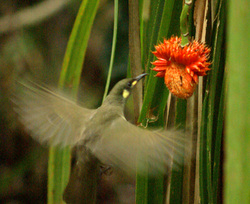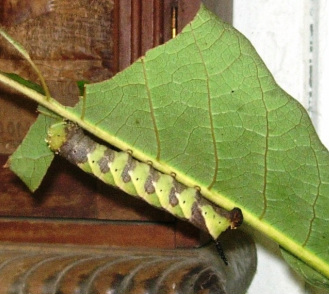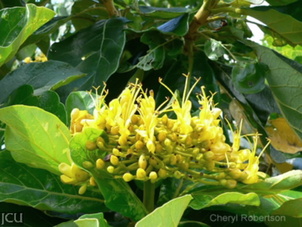
This has been a week of questions and, hopefully, an averted tragedy.
First, a truly resounding crash on the kitchen window revealed a young yellow-spotted honeyeater lying on the lawn outside.
At first we thought it was dead, but it moved its head and, just like a person recovering from a collision, while it was obviously dazed and very shaken, it gradually regained consciousness.
In the morning it seemed to have completely recovered. Immediately the box lid was opened it flew up into a bauhinia tree where it perched, looking around, then flew away.
It is such a good feeling when a bird is so obviously ready to fly. A collision at speed with a window can so easily be fatal or sometimes too, by damaging the optic nerve a bird can be blinded – both terrible outcomes.
This little fellow was lucky and once recovered, did not appear to be any the worse for its misadventure.
Incidentally, yellow-spotted honeyeaters are great to have in the garden. They not only eat insects and nectar, so help with pollination, but also eat the fruit of some of our most unpleasant weed species such as lantana and wild raspberry, both of which have proliferated following Cyclone Yasi.

It turned up during a volunteer morning at the CCRC revegetation nursery in Tully on a seedling Deplanchea tetraphylla tree and, when discovered, had already eaten most of the leaves.
With a big spike for a tail the guess was that it was going to turn into one of the hawk moths. It was handsome and energetic and Wildwatch offered to take it home and see what it became once it had pupated.
The first problem was the speed at which it ate the remaining three leaves. We did not know whether our depleted forest contained a deplanchea so telephoned friends in the hope they could supply leaves. Like so much other wildlife, caterpillars are in the main quite specialised feeders, so it was necessary to locate the right leaves for it to eat.
In fact, both friends had these magnificent trees on their properties, so we were lucky.
I took photos and contacted Kuranda’s Buck Richardson, well known as “the moth man” for his books and expertise.
He confirmed it was almost certainly a caterpillar from a variety of hawk moth and pointed out an excellent website, (Australian caterpillars, linked to Australian moths and Australian butterflies) featuring not only moths but their caterpillars, although it did not contain a photograph of this particular caterpillar. He also explained that there are many caterpillars, and moths, which have so far not been identified.
Caterpillars do not normally pupate on their feeding tree so sadly, this one disappeared before we could contain it, but Mr Richardson’s advice to “feed it through” is to put it in a clean container with an airtight lid with its food plant leaves. The container should be kept clean by removing the faeces each day.
He advised photographing the caterpillar, then the pupa it turns into and, if possible, the moth when it emerges, these steps being the only accurate way to identification.

Other advantages are its large, thick, shade-giving leaves which it retains all year round, and its glorious late winter show of big, bright yellow flower clusters produced on the ends of its branches. These literally drip honey, so are a feast for nectar eating birds.
As for soil type, it will grow on almost any soil providing it has ample water and is well drained.


